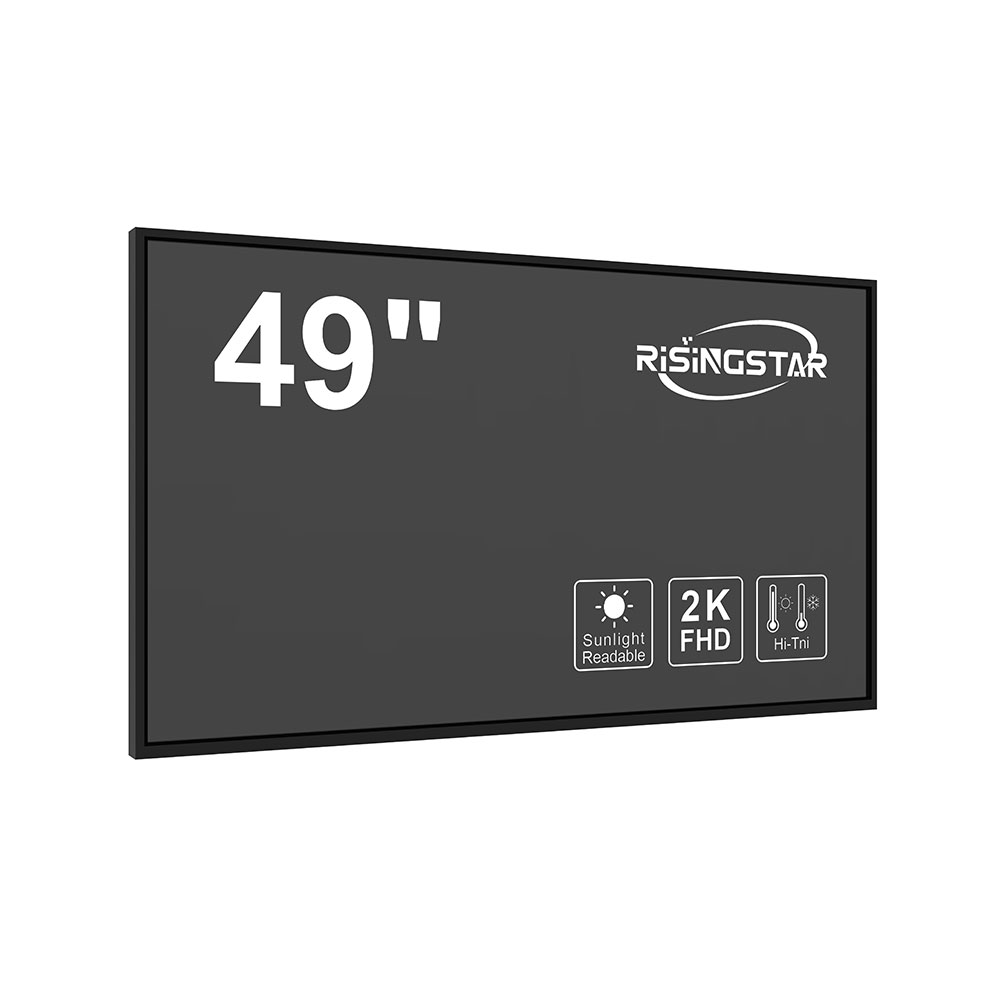When designing outdoor electronic systems—whether for military, transportation, industrial, or consumer use—the choice of a sunlight readable LCD screen is critical. These displays must perform reliably under extreme lighting conditions, including direct sunlight, low ambient light, and varying temperatures.
Why Sunlight Readability Matters
A standard LCD screen often becomes unusable in bright daylight due to poor contrast and reflection issues. In contrast, sunlight readable displays are engineered with high-brightness backlighting (typically 3000–5000 nits), anti-reflective coatings, and advanced optical bonding techniques. According to MIL-STD-188-134B, military-grade displays must achieve readability in 100,000 lux of sunlight—equivalent to full midday sun at the equator.

Key Technical Features to Evaluate
1. Brightness (Nits): For outdoor use, aim for at least 3000 nits. Some premium models reach 5000+ nits, ensuring visibility even under harsh solar exposure.

2. Contrast Ratio: A minimum of 500:1 is essential; higher ratios (e.g., 1000:1) improve image clarity.
3. Anti-Reflective Coating: Multi-layer coatings reduce glare by up to 90%, crucial for reducing eye strain and improving readability.
4. Optical Bonding: This process eliminates air gaps between the display and cover glass, minimizing internal reflections and boosting durability.
5. Operating Temperature Range: Industrial-grade screens typically support -20°C to +70°C; military variants may extend to -40°C to +85°C.
Real-World Case Study: Public Transit Kiosks
In a 2023 deployment across London Underground stations, a transit operator replaced legacy LCDs with 3500-nit sunlight readable displays. The new screens reduced user complaints by 67% during peak daylight hours and improved passenger information access accuracy by 42%. This aligns with ISO 13406-2 standards for human factors in display design.
Choosing Between Transflective and Backlit Designs
- Transflective LCDs: Use ambient light efficiently in daytime and switch to internal backlight at night—ideal for battery-powered devices.
- Backlit LCDs: Offer consistent brightness but consume more power. Best suited for fixed installations like traffic control units.
Future Trends: OLED and Mini-LED Enhancements
Emerging technologies such as mini-LED backlights offer localized dimming, enabling higher peak brightness (up to 7000 nits) without increasing power consumption. OLEDs, while inherently brighter than traditional LCDs, still face challenges in outdoor durability and cost-effectiveness for mass deployment.
Ultimately, selecting the right sunlight readable LCD requires balancing performance specs, environmental resilience, and total cost of ownership—not just raw brightness numbers. Always validate against real-world test data from reputable suppliers and consider third-party certifications like IP65, MIL-STD-810G, and RoHS compliance.







